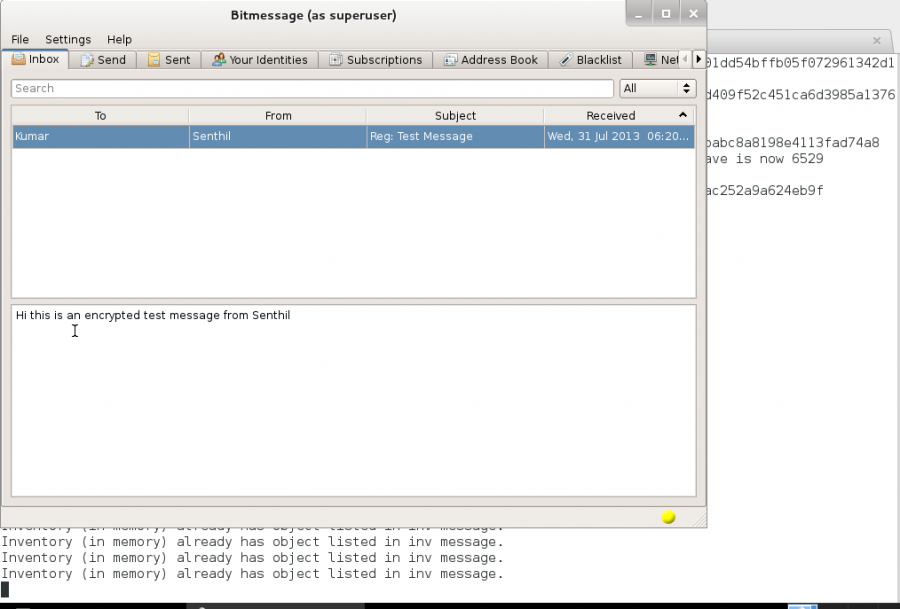

The one drawback of all of them is that the user is dependent on the company that writes the software and provides the service. On the basis of anonymous groups, I propose to build an uncontrolled, secure communication, where you can talk to anyone and on any topic.Normal email is not secure! With the thousands of malevolent hackers around the world and the rise of widespread government monitoring programs, a secure email service is needed by many individuals, corporations, and others.Ī number of companies offer secure versions of email services for additional fees, each with its own advantages and disadvantages. It is for this reason that we are so interested in this program. Anonymous groups cannot be censored, deleted, or blocked. And it is not necessary to specify one of their addresses. In the practical part of the article we will try to subscribe to the channel created for this blog.Īnonymous group (in the program they are referred to as chan) allow you to organize a fellowship where every member can post and read messages. It works similarly to the channels in the Telegram or newsletters in regular mail. Out bitmessage is in the functionality of the mailings and anonymous groups.Įach network member can create an address to which other members can subscribe and receive messages. In this way, the email can travel over the network for several days, after which it is no longer sent from host to host, and the program deletes the email locally. Regardless of whether it was possible to decrypt or not the e-mail is sent to the rest of the United nodes. If the decryption was successful, it means that the message was sent to you and you can see its contents. When a new message is received, the program attempts to decrypt it. When you send a message to a specific destination, it is encrypted specifically for that destination and sent to all connected sites. When you run, out bitmessage connect to other computers on which you installed and started out bitmessage. You can bind an address to a Namecoin domain.Use Proof-of-work to protect against spam.The system uses detailed statuses about each message (the public key is expected from the interlocutor, the message is sent, the message is sent and decrypted by the participant), that is, you can always find out whether your interlocutor received the message, or he did not open BitMessage at all.The sent message does not contain the recipient's address (!), each member of the network tries to decode all unread messages and read only what happened to decoding (that is what was meant for him).Public-key encryption algorithms are used, which means that messages written to a particular person or group of people will be able to read only the one to whom they were intended.Use long names like BM-2cTKJ8nNez9dkYuSqTfVfmGuqa7AYXHC18 that can be created locally in an unlimited number ve.

Bitmessage protocol update#
If the sender of a message did not receive an acknowledgement and wishes to rebroadcast his message, he must update the time and recompute the proof‐of‐work. If the time in a message is too old, peers will not relay it. Each message must also include the time in order to prevent the network from being flooded by a malicious user rebroadcasting old messages. With the release of new software, the difficulty of the proof‐of‐work can be adjusted. The difficulty of the proof‐of‐work should be proportional to the size of the message and should be set such that an average computer must expend an average of four minutes of work in order to send a typical message. In order to send a message through the network, a proof‐of‐work must be completed in the form of a partial hash collision. Users form a peer‐to‐peer network by each running a Bitmessage client and forward messages on a best‐effort basis.

Bitmessage team propose a message transfer mechanism similar to Bitcoin’s transaction and block transfer system, but with a proof‐of‐work for each message.


 0 kommentar(er)
0 kommentar(er)
